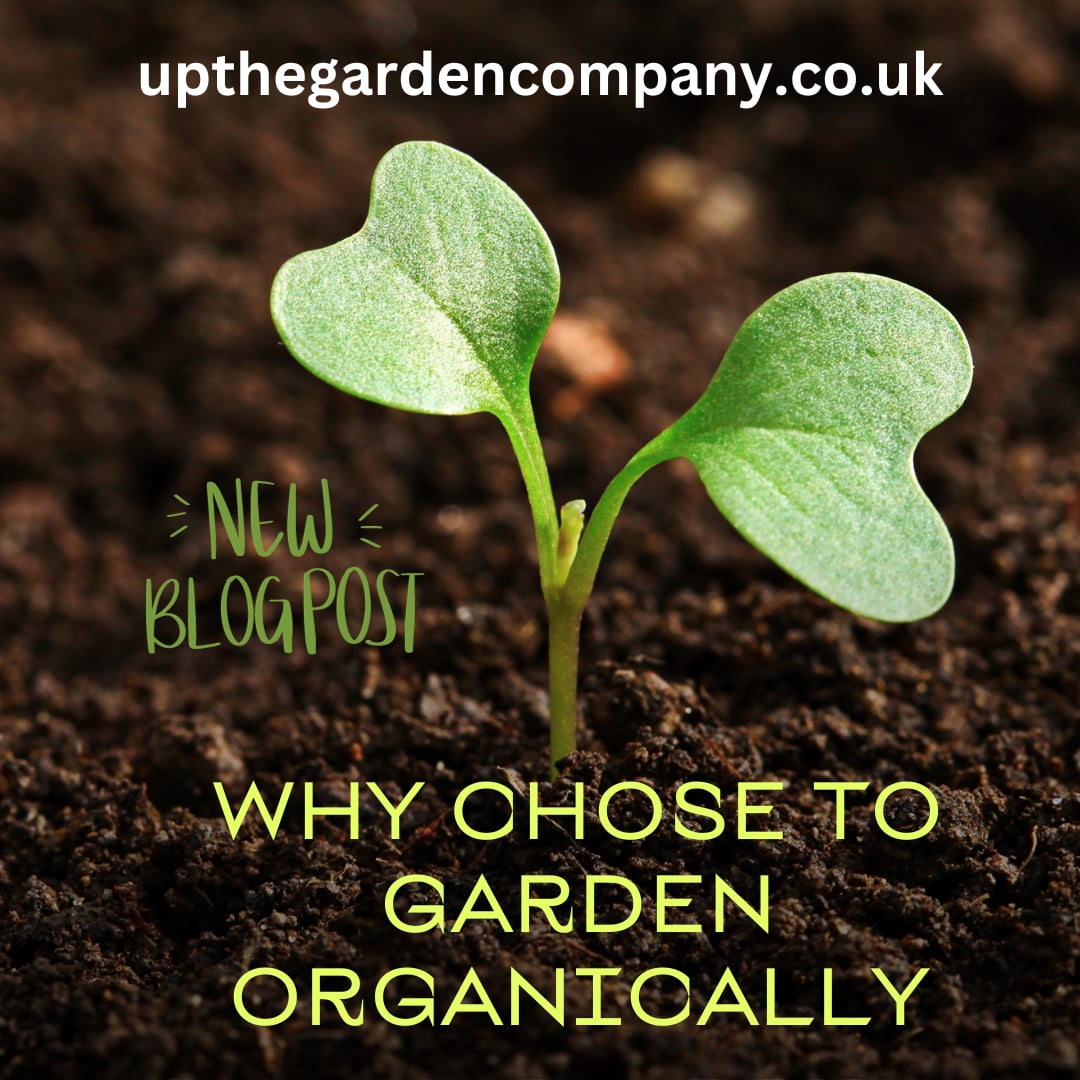Rolling fields of vibrant colour, dotted with delicate blossoms, evoke a sense of the untamed beauty of nature. Yet, within the confines of your own garden, you can replicate this enchanting spectacle with your very own wild flower meadow. This elaborate guide serves as a roadmap for gardeners, eco-friendly enthusiasts, and nature lovers alike, who are ready to transform their green spaces into a haven for biodiversity and a source of visual delight.
Understanding The Wild Flower Meadow
A wild flower meadow is a picturesque cluster of flowers that mimic the natural growth patterns of flowers, standing tall amongst grasses and occasionally, other foliage. Unlike the well-manicured, sometimes sterile appearance of more traditional gardens, wild flower meadows offer a dynamic and unstructured display that can attract a plethora of native wildlife.
Why Wild Flower Meadows Matter
They support pollinators in a world where their habitats are increasingly under threat. Meadows offer a diverse range of flowers that can bloom and feed pests largely unserved by more modern, biologically under-diverse landscapes. They also serve as a luminous patch in an increasingly grey urban world.
Busting the Myths About Maintenance
While wild flower meadows conjure images of effortlessness, this gardening endeavor does require commitment. However, the low-maintenance reputation isn’t just a myth; it’s a balance between intervention and non-intervention that earns you a tapestry of blossoms for nature to unravel.
Crafting a Wild Flower Meadow from Scratch
Does a Wild Flower Meadow Need Grass?
The short answer is yes, but not in the way you might think. A wild flower meadow does require grass, precisely because it’s all-inclusive, supporting both flower diversity and insect life.
Soil Preparation Matters
Before sowing your first seed, ensure your soil is well-prepared. This means removing any existing grass and weeds, and in some cases, adding specific amendments like sand or silt to improve drainage and aeration. Remember, a healthy wild flower meadow starts with healthy soil.
Selecting The Right Site
Meadows may demand ‘wild’, but they also need some thoughtful planning. The right site receives ample sunlight, has good drainage, and is free from prominent slopes, which can disrupt establishment. It’s about finding a balance between nature’s needs and the practicalities of your space.
Advantages and Disadvantages of Wild Flower Meadows – Understanding the pros and cons equips you to make the most of your meadow.
The Power of Diversity
Wild flower meadows are like a magnet for wildlife, providing pollen and nectar year-round. They also encourage a range of flower types, textures, and heights, adding visual appeal that changes with the seasons.
Battling the Weeds
In the early stages, you may face an insurgence of ‘undesirables’. Through careful nurturing of your wild flower meadow, you effectively undermine any competition and cultivate a stronger, longer-lasting display.
Step-By-Step Conversion
From killing off existing grass to preparing a seedbed and sowing, each stage is critical to success.
The Art of Sowing
The distribution of seeds can significantly impact the look and health of your meadow. Opt for a mix of native species that suits your location and consider using a seed spreader for more even coverage.
The Waiting Game
Once sown, patience becomes your virtue. The first year’s growth often deceives, but by year two, the meadow establishes roots and starts to show its true potential.
Managing Your Meadow for Longevity
While a meadow is a self-sustaining ecosystem, a little management can bolster its longevity and perceived beauty.
Mowing and Cutting
Strategic mowing and cutting can stave off aggressive competitors, improve plant density, and enhance the overall visual appeal.
Weed Control Without Chemicals
Understanding the ecological balance you’re striving for enables you to stay one step ahead of weeds without resorting to herbicides. Techniques like hand-weeding and weed barriers can help preserve your meadow’s health in nature-friendly ways.
Support Systems
Inclusion of support shrubs, and even hedgerows where space allows, can offer shelter to more meadow wildlife and promote habitat cohesion. It’s all about developing a strategy that can sustain and enhance as your meadow matures.
Preserving the Fragile Balance
The latter half of this guide focuses on enhancing not only the aesthetic but the ecological value of your meadow. Here, you learn how to appreciate and work with the delicate balance of your wild flower ecosystem.
Enjoying the Show
Wild flower meadows are not just for ecological studies; they’re to be experienced. Tips on when to expect peak blooms, and simple ways to enjoy your meadow without disturbing its residents, highlight the immersive nature of this gardening style.
Cultivating a wild flower meadow is more than just creating a pretty garden; it’s an opportunity to participate in conservation and to bring a slice of untamed beauty into an otherwise structured urban environment. With patience, practical know-how, and a passion for nature, anyone can turn their garden into a mosaic of colour and life. So go ahead and start crafting your own wild flower meadow today!
“If I’m honest, the thing I am proudest of is my varieties of wild flowers in the hay meadow.”
Monty Don
- The Wildlife Trusts offers in-depth information on Yellow Rattle’s characteristics, habitat, and distribution across the UK.
- Royal Horticultural Society provides useful growing advice for Yellow Rattle, including its hardiness and preferred soil types.
- The Plantlife website has a wealth of resources on wildflowers, including Yellow Rattle’s role in creating and maintaining meadows.
- BBC Gardeners’ World offers practical tips for growing Yellow Rattle from seed to bloom.











